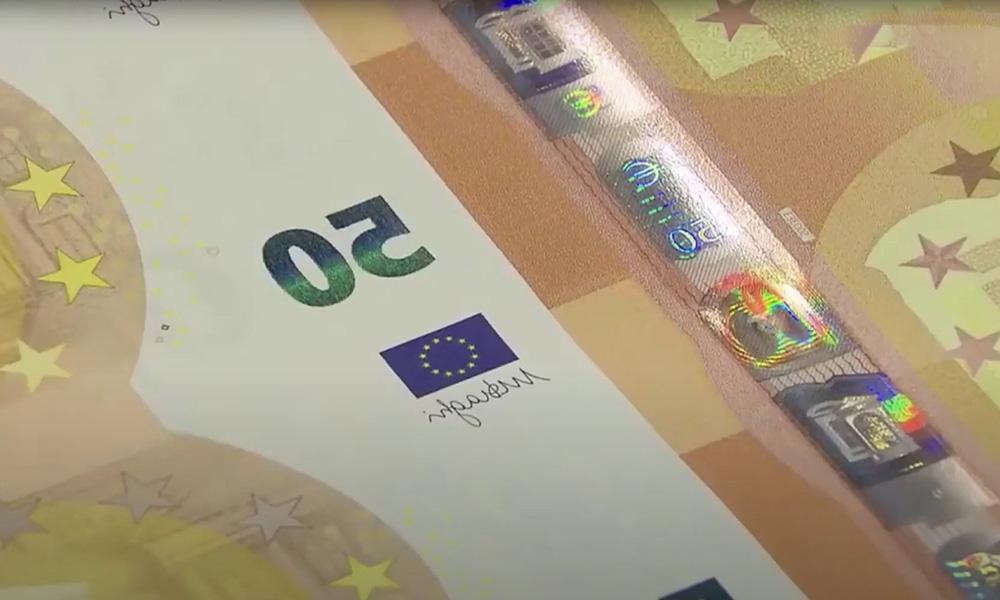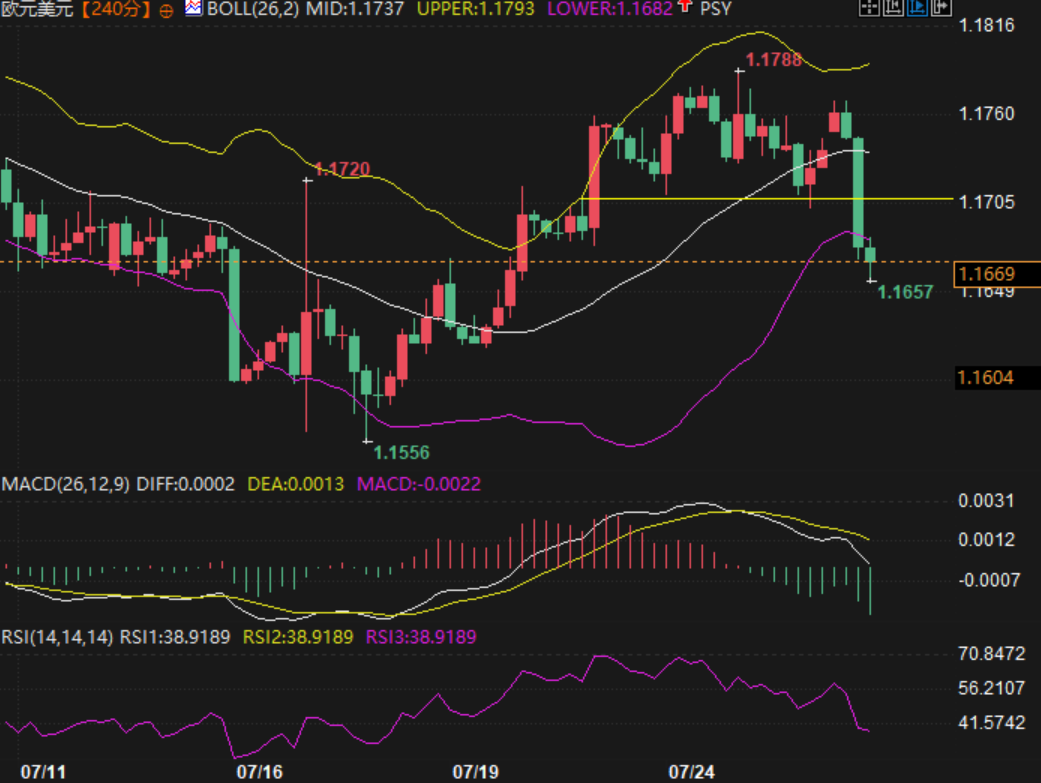The euro plunged and broke through, can the 15% tariff agreement defeat the strength of the US dollar?
2025-07-28 18:11:28

Fundamentals:
The newly reached trade agreement between the EU and the US has become the focus of market attention recently. The EU promised to invest 600 billion euros in the US in the next few years and expand its purchase of natural gas and arms from the US in exchange for a unified 15% tariff on major EU exports such as medicines, cars and chips. Although German Chancellor Merz called this move "successfully avoiding a structural impact on Germany's export economy", the market did not buy it.
The substantive content of the agreement is relatively limited. It failed to completely eliminate tariffs, but only significantly reduced the original 30%, while the US still kept tariffs on some goods unchanged, which weighed on the euro. In addition, the European Central Bank is approaching the end of its monetary easing cycle, and the market's expectations for the Federal Reserve to cut interest rates in the short term have cooled significantly.
This week, Europe's second quarter GDP and July inflation data will be released. The market expects GDP to show zero growth month-on-month, and inflation may fall below 2%, which will intensify market expectations for a potential rate cut by the European Central Bank in September, although the probability of a rate cut is currently only priced at 15%. If the data continues to weaken, it will confirm the market's prediction that the eurozone economic recovery is in doubt, suppressing the exchange rate's room for further rebound.
Technical aspects:
From the 4-hour candlestick chart, the exchange rate quickly retreated after forming a top pattern at the high point of 1.1788, forming an obvious "false breakthrough" structure in the short term. The recent price has dropped to 1.1657, close to the medium-term key support area formed by the previous low of 1.1556.

The Bollinger Bands showed signs of "opening up". A large negative line broke through the support range between the middle and lower Bollinger bands. The current exchange rate is running near the lower Bollinger band. The short-term trend has fallen into a strong downward trend. The MACD indicator crosses above the zero axis and then quickly crosses down. The MACD histogram turns from positive to negative and continues to expand, and the trend bearish momentum is strengthened. The RSI index is near 38 and has not yet entered the oversold zone. There is still room for decline in the short term.
Analysts believe that the key support is around 1.1630 and 1.1570. The former is the lower edge of the previous consolidation area, and the latter is close to the overlapping position of the 50-day moving average. If it falls below this area, it may further open up the downward space to 1.1555. The upper resistance is still focused on the 1.1720 and 1.1780 areas, and the rebound momentum can be restored after breaking through.
Market sentiment observation:
The market quickly "sold the facts" after the trade agreement was announced, highlighting its lack of confidence in the expectation of actual economic improvement. Although the surface agreement avoided further friction, the 15% unified tariff ultimately failed to restore the confidence of euro bulls. Although the signing of the agreement has reduced uncertainty, the burden of Europe's high investment in the United States has also triggered concerns about fiscal expansion and debt problems.
In addition, the recent US economic data is relatively stable, especially the six-week decline in unemployment benefits and better-than-expected durable goods orders, which reinforced the market's expectation that the Fed will maintain a high interest rate policy. Traders generally believe that even if the short-term data fluctuates, the Fed will maintain a "standstill" strategy, which will provide central support for the US dollar and suppress the euro's upside.
However, market speculative position data show that euro long positions are already at a relatively high level and lack the momentum for further increases in the short term. On the contrary, in the context of economic data falling short of expectations, it is more likely to trigger long position liquidation, creating the risk of a periodic correction.
Outlook for the future:
Short-term outlook:
The short-term trend of the euro faces great uncertainty. Although the fundamentals have not deteriorated significantly, the technical support has been broken quickly, and a short structure has taken shape. Analysts believe that if the GDP and inflation data of the euro zone continue to be weak this week, it may stimulate the market to reassess the policy path of the ECB and increase expectations for a rate cut in September. At that time, the euro may test the area below 1.1600;
If there are no unexpected changes in the Federal Reserve's policy meeting this week, the US dollar will still have upward momentum, and the euro will face technical pressure of "top and bottom" in the short term.
Mid- to long-term outlook:
From the perspective of this year, the euro still has some upside potential. Analysts believe that if the subsequent US inflation and employment data show a turning point, the market may restart the pricing of the Fed's interest rate cut, and the euro is expected to regain momentum and challenge 1.1830 or even 1.2000; but this path needs to wait for data verification, and may lag until the beginning of the fourth quarter;
Currently, traders are mainly observing and believe that the technical rebound needs to effectively stand above 1.1720 before the bullish pattern can be reconstructed. Otherwise, they need to be vigilant about the risk of further pullback.
- Risk Warning and Disclaimer
- The market involves risk, and trading may not be suitable for all investors. This article is for reference only and does not constitute personal investment advice, nor does it take into account certain users’ specific investment objectives, financial situation, or other needs. Any investment decisions made based on this information are at your own risk.





















